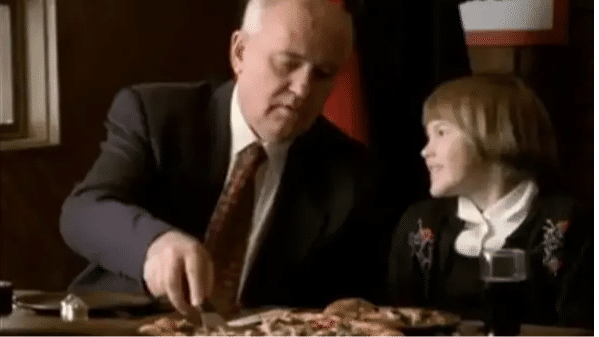The last president of the former USSR, Mikhail Gorbachev, died aged 91 on Tuesday. He is credited with opening up the Soviet economy and paving the way for a range of reforms broadly classified under two terms – perestroika and glasnost. These reforms brought the USSR out of economic stagnation and paved the way for its disintegration in 1991.
The two terms perestroika and glasnost literally mean ‘restructuring’ and ‘openness’ respectively. They are the highlights of Mikhail Gorbachev’s presidential tenure and will always be associated with his legacy.
Also read: The making of Mikhail Gorbachev: Complete timeline
What is Perestroika?
Perestroika became a buzzword across the world in 1980s when Mikhail Gorbachev introduced it in his 1987 book Perestroika: New Thinking for Our Country and the World. In the book, he outlined the problems of economic stagnation in the USSR at that time and his vision to solve them.
The process of perestroika started in the early years of the 1980s and gradually shifted the course of USSR’s foreign and economic policies from a planned socialist approach to open markets and a liberalized economy. It also included a drive for radical cultural change encompassing changes in attitude, ideas, and practices.
Although Gorbachev is credited with implementing the reforms, they were conceptualized by another former Soviet politician and diplomat Alexander Yakovlev.
Also read: Mikhail Gorbachev’s life in pictures
What is Glasnost?
Glasnost is a common word in the Russian language that means openness or transparency. When Gorbachev was calling for the perestroika reforms to be urgently implemented, he was contradicting the official account which showed that the economy of the USSR was on a healthy growth curve.
His claims were based on the allegation that the official account did not reflect the actual state of affairs in the country, which, according to him, was in shambles. Since the push for the perestroika reforms was hinged on the claim that there was a lack of transparency in the official records, the demand for openness was an integral part of the reforms.
Together, the two terms perestroika and glasnost were the defining principles that altered the course of Soviet history. It brought an end to the Cold War in 1990 and restored cordial relations between the US and the USSR.
Following his death, Joe Biden, the US president, remembered him as ‘a man of remarkable vision’.







